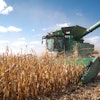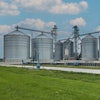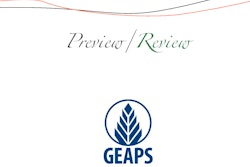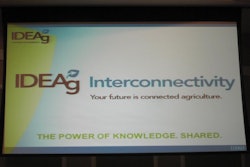After attending presentations at the 2013 GEAPS Exchange, three elements stood out that I’d like to tie together for you to think about:
- Weather woes will continue
Dr. Elwynn Taylor from Iowa State University made some projections about our current drought situation. Here’s my take: Don’t expect magic this year. Or, as he put it, “A year as extreme as 2012 is seldom followed by a full return to normal.”
Perhaps even more intriguing is his data that shows corn belt weather shows an 18-year/25-year cycle; 18 years of somewhat stable weather and yields, then 25-years of less stable weather and volatile yields. “I don’t know why,” he said.
That point is important because the Mississippi River likely will remain low and there is at least the potential for another high-value grain year. What if we can’t move it efficiently? And if we are in a period of volatility, how will restricted transportation options affect your merchandising strategies?
2. Panama Canal good for U.S. grain
玛丽亚桑切斯的巴拿马运河管理局how the new Panama Canal will provide improved efficiency for U.S. grain shippers. Larger cargo ships, less delays and, by the way, grain accounts for about 35% of the traffic through the canal, she pointed out. Will we be ready to take advantage of that improvement? That’s the question – well, perhaps more of a statement – Rich Calhoun, President of Cargo Carriers posed to attendees.
3. U.S. infrastructure needs improving
While roads and bridges need work, Calhoun focused attention on our aging river-system lock. He said “when” not if a failure occurs, we’ll see transportation costs jump overnight. We won’t be able to leverage the value of the new canal the way we should.
Efficient transportation is a competitive advantage. In the face of what could be more yield and price volatility – or even if that doesn’t happen – wouldn’t it be nice to maintain transportation efficiencies to help alleviate risk? Support our industry associations and their efforts to keep this issue in front of budget-makers.
For more ofFeed & Grain's insights on the GEAPS Exchange education programs, read other articles andblogson oursiteand in theissue.



















